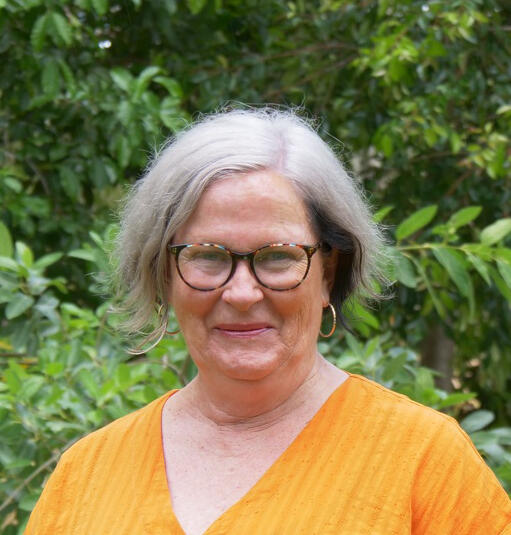Active gully remediation continues in the Normanby Basin
Words Robyn May | Photo Michael Goddard
The West Normanby distal gully site on Springvale Station is identified as the most important sediment source in the Normanby Basin. Targeted remediation works on active gullies are being implemented to reduce erosion and protect river and Great Barrier Reef habitats.
Cape York NRM, the Yalanji Joint Venture, Griffith University and the Department of Environment and Science are working together on the Springvale project which will reduce erosion, provide accredited training for Traditional Owners and result in a Gully Demonstration site where landholders can review different gully remediation techniques.
The importance of strategic gully remediation to reduce sediment loads in local waterways and the Great Barrier Reef is well known. The Springvale project will see this work enhanced by combining Indigenous and scientific understandings of caring for Country.
“This program is a great example of ‘learning by doing’. It combines community capacity building with active gully remediation to reduce sediment loads within the Normanby Basin,” Cape York NRM Principal Program Manager Will Higham said.
The project partners are working together to remediate a gully using a variety of methods. This will achieve strong outcomes for the communities and environment of Cape York. Foremost, the result of this project will be the stabilisation and rehabilitation of a major source of sediment; and importantly, the best treatments to be applied on Springvale will be identified by the practical testing of remediation practices.
The project will reduce run off into the Great Barrier Reef, support Yalanji people to gain gully remediation accreditation, and develop a demonstration site which landholders can visit to determine which method may work best for them.
This project has been made possible with funding from the Queensland Government’s Natural Resources Investment Program 2018-2022. This four-year program demonstrates the Government’s commitment to ensure the state’s natural land and water resources are sustainably managed.


